 Bonnie Lee age 3
Bonnie Lee age 3 It is funny though how memories can be so clear from childhood, when as we age, it can be hard to remember what happened yesterday.
Bonnie also told me her memories of watching a favorite movie when she was little, "Lost Horizon." She loved to dance around the house to the music which was written by a pop composer of the time, Burt Bacharach. That got me thinking. Suddenly I was remembering tunes and lyrics from the score. I could remember entire songs that I hadn't sung or even thought about in decades.
Then I thought about how when I watched "Brigadoon" recently, I remembered not only the songs, but most of the dialogue. I had been in that show in High School, but that was ages ago. Nowadays I have trouble remembering the most recent show I not only wrote but also directed. So why was I getting words and scenes mixed up when I had been thinking about all of the aspects of that show for months!
You'd think that the most recent memories would be the freshest and clearest. But I guess not...
There was one cute girl in the cast of my summer camp this year that was always first to remember the next line or who should deliver it. She was sharp as a tack, but not a know-it-all or obnoxious about it. She reminded me of me at that age. Whenever I was doing a show back then, the lines and lyrics came easily to me. I simply could remember them. Oh, to be nine years old again.
This is actually a testament to me about how important it is to put lots of good things into the memory banks of our children when they are young. That's the best hope for them having those good things popping up again and again, intact, at various times throughout their lives!




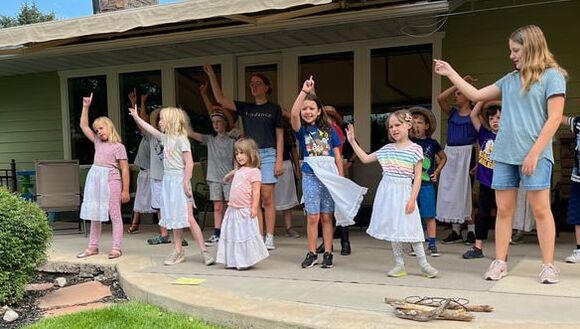
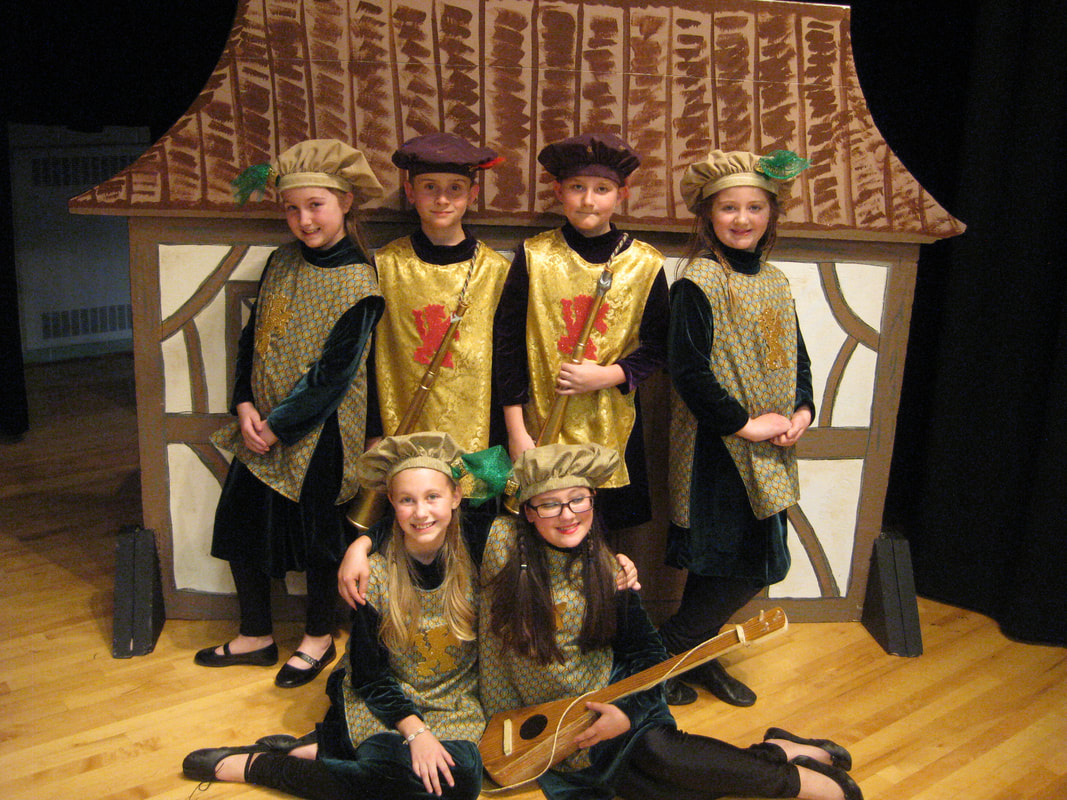
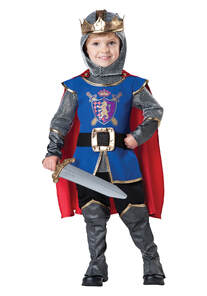
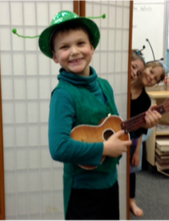
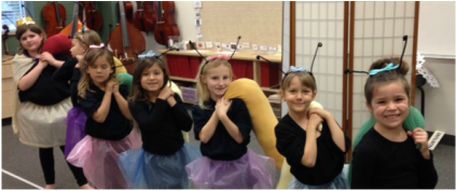
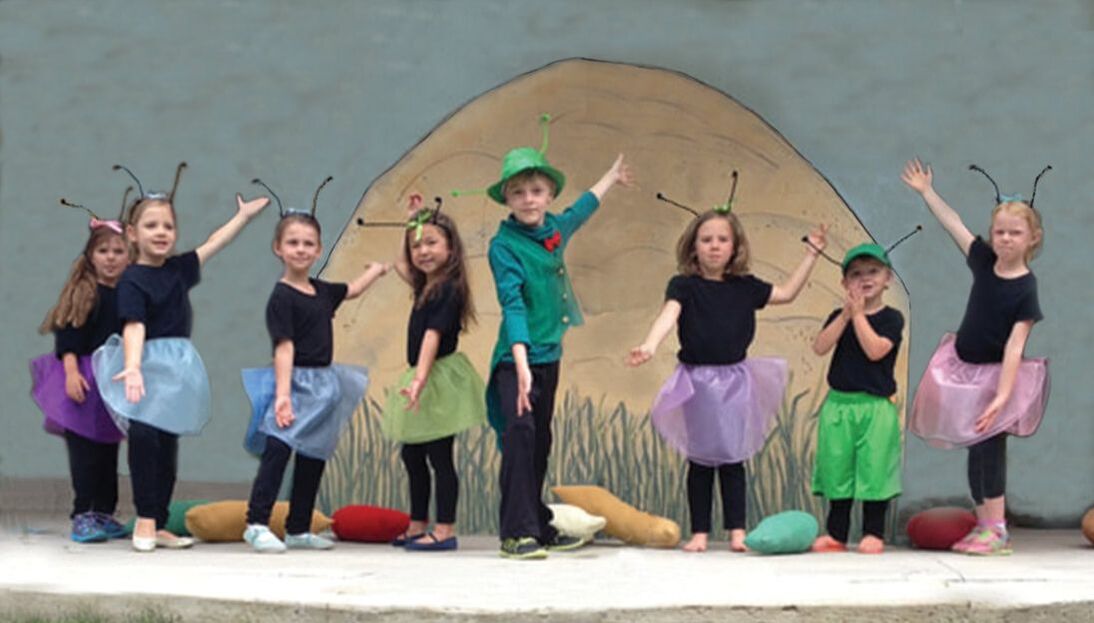
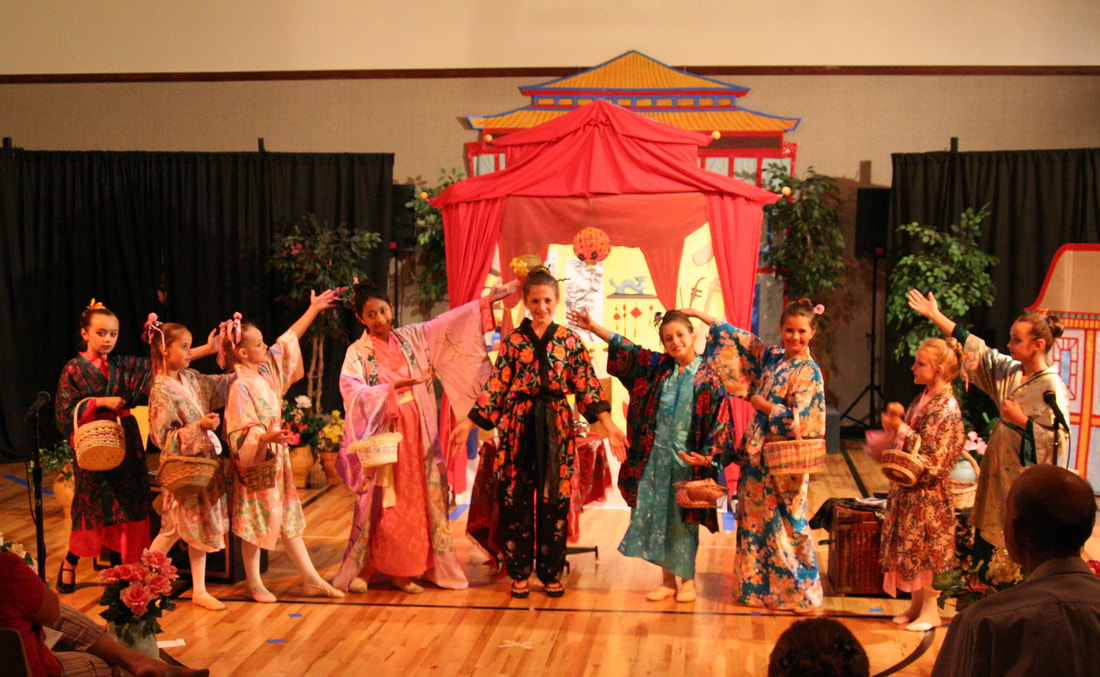
 RSS Feed
RSS Feed